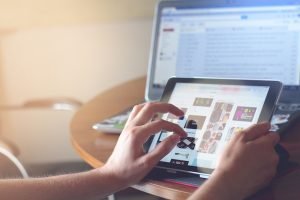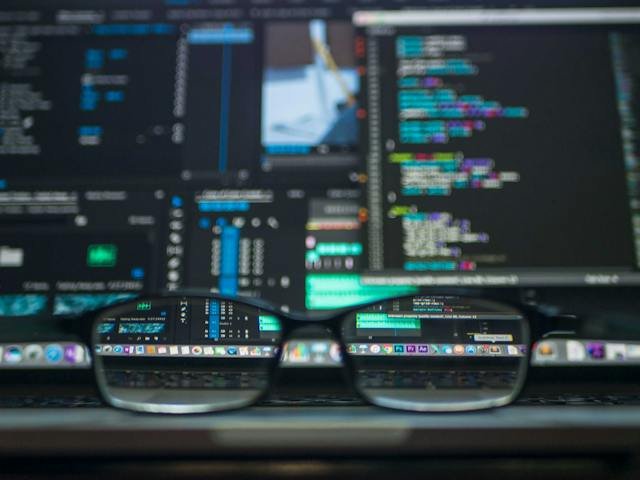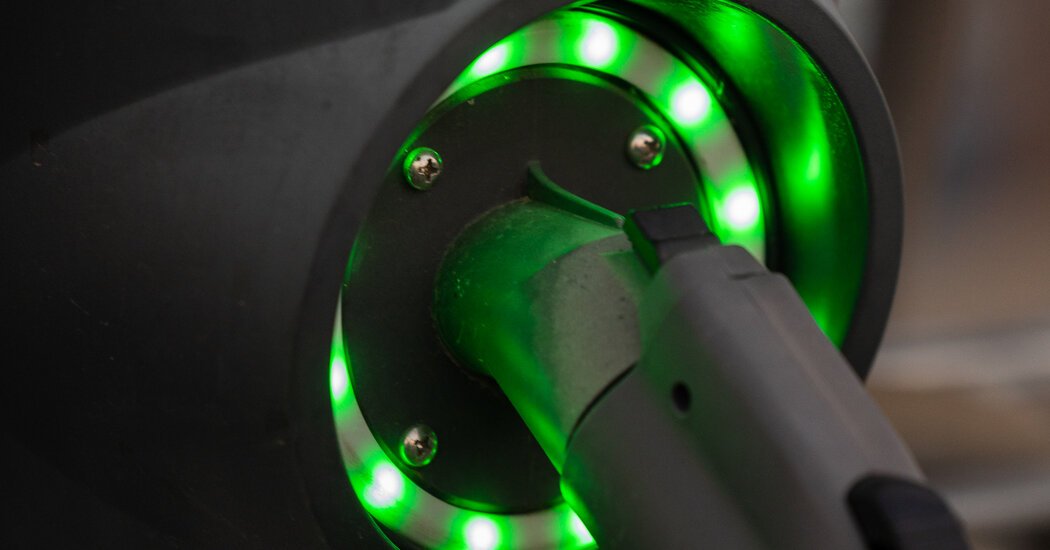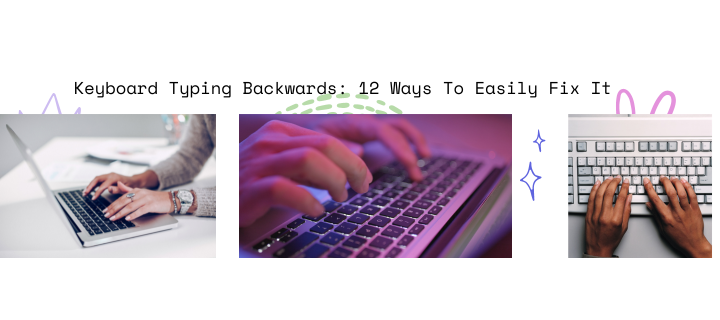
Twitter’s new CEO Elon Musk has tweeted that Twitter Blue’s monthly subscription fee will increase to $8, and include a blue checkmark verification badge as one of its perks. Soon we may be able to see who is terminally online and gullible enough to pay Twitter for the illusion of status.
“Twitter’s current lords & peasants system for who has or doesn’t have a blue checkmark is bullshit,” wrote Musk, demonstrating a fundamental misunderstanding of both Twitter verification and the feudal system. “Power to the people! Blue for $8/month.”
This is an increase from Twitter Blue’s current price of $4.99 per month, which itself was increased from its former monthly fee of $2.99 earlier this year. Though $8 is much less than the previously reported $20 per month that Twitter had been discussing, this still works out to be a price rise of 167 percent within a single year. Musk first floated the idea of an $8 monthly fee in an earlier tweet to Stephen King, the author being among the countless users who scorned Twitter’s proposed $20 figure.
Musk also stated that verified status isn’t the only perk that will soon be available with a Twitter Blue subscription. Accounts that sign up for Twitter Blue will also be shown half as many ads; be able to post longer video and audio; and their tweets will be prioritised in replies, mentions, and searches.
According to Musk, giving Twitter Blue users priority is somehow “essential to defeat spam/scam.” In reality, he’s installing a class system in which the voices of those who pay are amplified over those who don’t. Musk is also assuming that companies aren’t the most likely to pay for Twitter Blue, and won’t simply monopolise replies until the whole platform is basically a microblogged billboard.
Previously Twitter verification was free, and only granted to “notable” accounts that are of public interest such as those belonging to “prominently recognized individual[s] or brands.” In this way it helped combat disinformation by confirming that yes, that really was Donald Trump tweeting “covfefe,” and no, @RealTaylorSwift isn’t actually the real Taylor Swift.
The ability to purchase verified status would essentially render this tool useless, allowing any user to impersonate absolutely anybody with Twitter’s stamp of approval. Musk is aware of this problem but apparently unconcerned, believing that such impersonation already occurs “very frequently.”
Verified accounts impersonating others has been known to happen. In 2020, Australian satirical website The Chaser had its blue tick revoked after it changed the name and profile picture on its verified Twitter account to impersonate Donald Trump. The Chaser later got its tick back, before subsequently repeating the gag with other prominent figures in 2021.
However, such incidents appear relatively uncommon, possibly due in part to the fact that the difficulty in getting verified means few are willing to risk losing their badge. Making Twitter’s blue tick an easily purchasable commodity is not unlikely to prompt an increase in disinformation.













